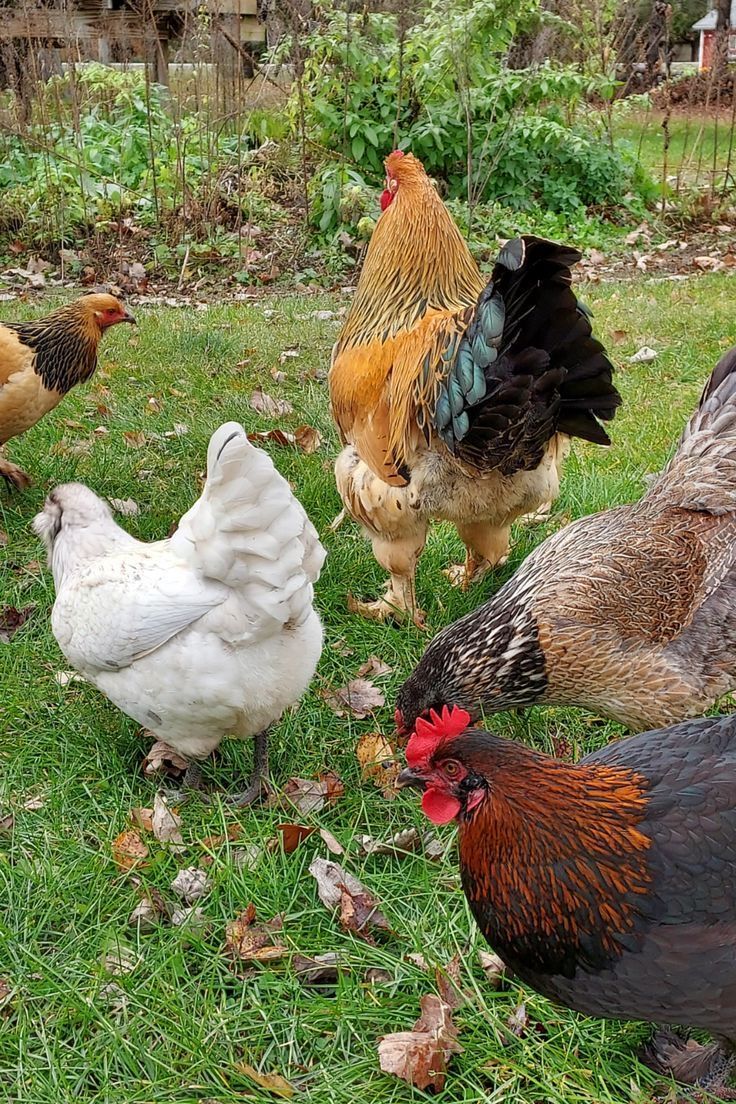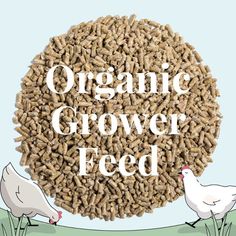Local chicken farming is a vital part of agricultural practices worldwide, providing a sustainable source of meat and eggs for communities. However, climate plays a significant role in the success and challenges faced by farmers. Understanding these impacts can help in developing strategies to mitigate adverse effects and ensure the health and productivity of the flock.
Temperature Extremes
Heat Stress
High temperatures can lead to heat stress in chickens, reducing their feed intake, growth rates, egg production, and overall health. Chickens are more comfortable in temperatures ranging from 18-24°C (64-75°F). When temperatures rise above this range, chickens begin to pant, spreading their wings, and reducing their activity to cool down. Prolonged exposure to high temperatures can lead to heat exhaustion and death.
Mitigation Strategies:
- Providing ample shade and ventilation in coops.
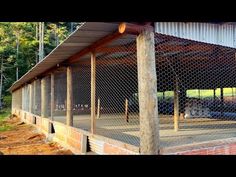
- Installing fans or misting systems to cool the air.
- Ensuring a constant supply of cool, clean water.
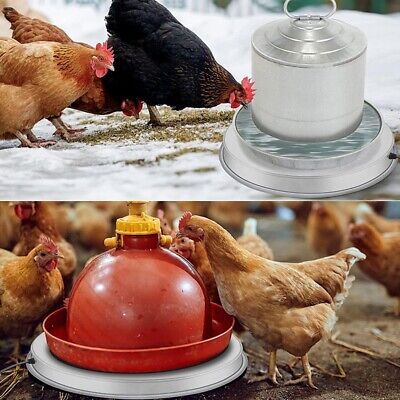
- Using reflective materials on roofs to reduce heat absorption.
Cold Stress
On the other end of the spectrum, extremely low temperatures can also be detrimental. Cold stress can lead to increased feed consumption as chickens expend more energy to stay warm. It can also cause frostbite, particularly on combs and wattles, and reduce egg production.
Not to mention, our company can help you to start by giving you all the necessary information you need to get started if not yet in the business. Please check our online shop, we have all the standard business proposals for different capacities at very a cheap price made by the best agricultural specialists as well as Standard design plans that are made by the best agricultural architects around the globe. please visit our online shop now using the links below to witness by yourself
Design plans (FARM HOUSE DESIGNS – Kimd Construction & Farm Consultants)
Business plans (BUSINESS PLANS & PROPOSALS – Kimd Construction & Farm Consultants)
Welcome back from visiting our shop, hope you have placed your order for any of our products or you can place it after navigating more of our informative articles.
So let us continue with the article!
Mitigation Strategies:
- Providing adequate insulation in chicken coops.
- Using heat lamps or other heating sources.

- Ensuring the coop is draft-free while maintaining some ventilation.
- Providing extra bedding material to retain heat.
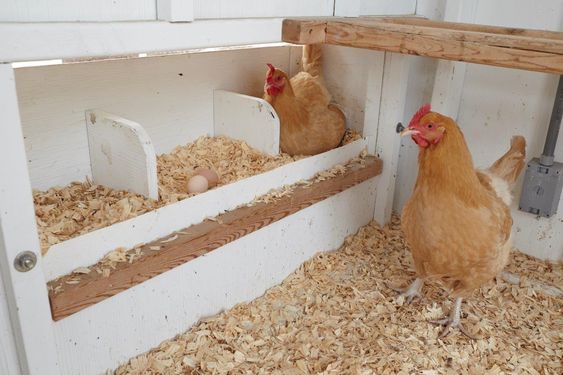
Humidity Levels
High humidity levels can exacerbate the effects of high temperatures, leading to more severe heat stress. It also creates a breeding ground for parasites and diseases, such as coccidiosis and respiratory infections. Conversely, low humidity can lead to dust problems, affecting the respiratory health of chickens.
Mitigation Strategies:
- Maintaining good ventilation to control humidity levels.
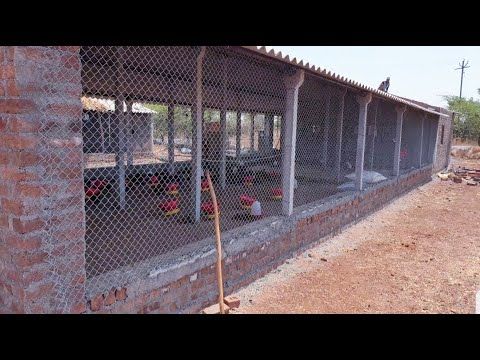
- Regular cleaning of coops to reduce moisture buildup.
- Using dehumidifiers in extremely humid environments.
- Monitoring and adjusting ventilation based on weather conditions.
Precipitation and Water Management
Excessive rainfall can lead to muddy and damp conditions, promoting the growth of bacteria and parasites. It can also flood coops and feed storage areas, leading to spoilage and disease. On the other hand, drought conditions can limit water availability, stressing the flock and reducing productivity.
Mitigation Strategies:
- Ensuring proper drainage around coops to prevent flooding.
- Building coops on elevated ground or using raised flooring.
- Implementing rainwater harvesting systems for water security.
- Providing consistent access to clean, fresh water.
Seasonal Variability
Different seasons bring varying challenges to local chicken farming. For instance, spring and summer may bring an increase in parasites and diseases due to warmer and wetter conditions. Fall and winter might present cold stress and limited forage availability.
Mitigation Strategies:
- Implementing seasonal parasite control programs.
- Adjusting feeding regimes based on forage availability.
- Preparing for seasonal changes by enhancing coop insulation or ventilation as needed.
- Keeping a close watch on flock health to catch and treat issues early.
Impact on Forage and Feed
Climate changes can affect the availability and quality of natural forage, impacting the diet of free-range chickens. Droughts can reduce the growth of grasses and insects, while excessive rain can spoil stored feed.
Mitigation Strategies:
- Stockpiling feed during periods of abundance.
- Growing supplemental forage crops.
- Using feed additives to ensure nutritional requirements are met.
- Adjusting free-range areas based on forage availability.
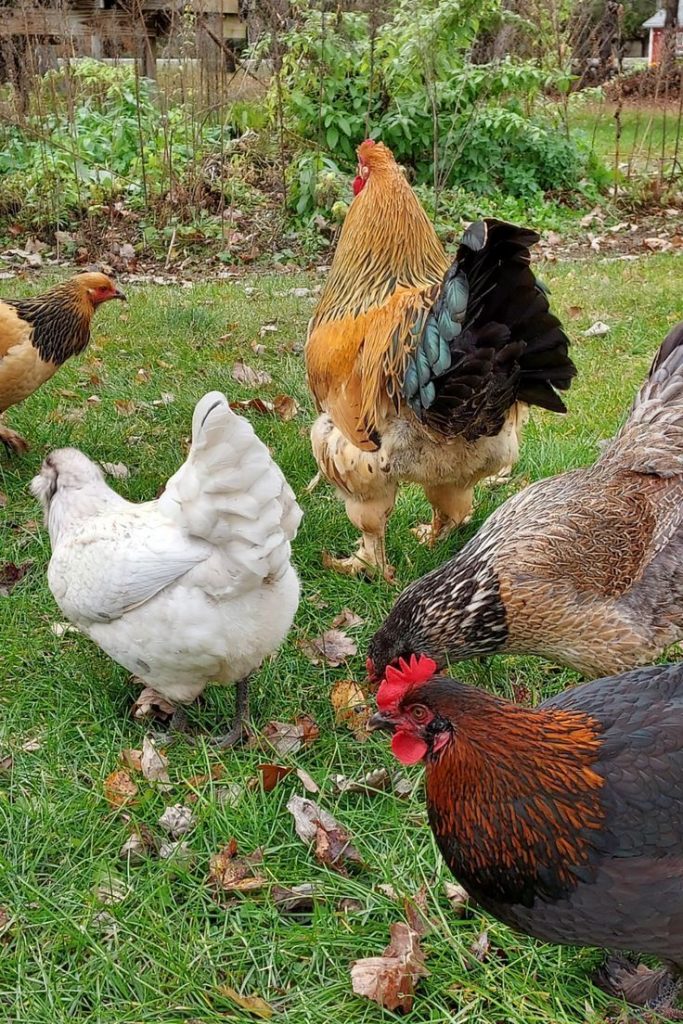
Conclusion
Climate has a profound impact on local chicken farming, influencing everything from health and productivity to feed availability and disease prevalence. By understanding these impacts and implementing appropriate mitigation strategies, farmers can better manage their flocks and maintain a sustainable and productive operation. Embracing adaptive practices and staying informed about climatic trends will be key to the resilience and success of local chicken farming in the face of changing climate conditions.
Explore more about the importance of farm design

